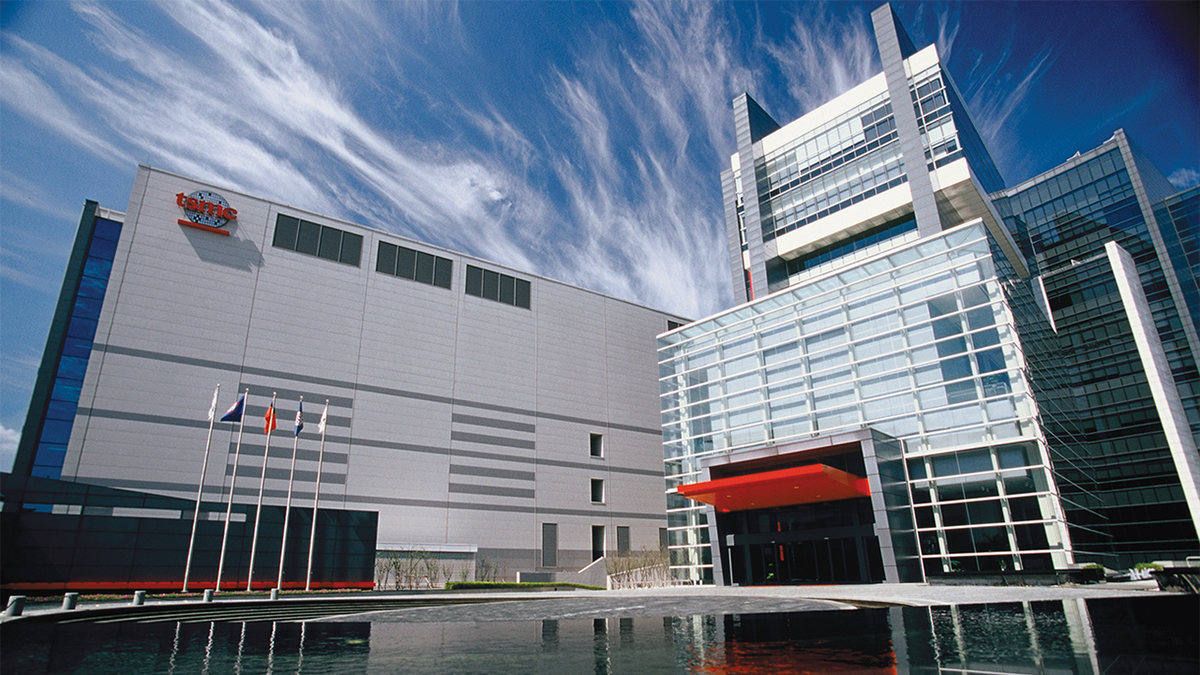
TSMC to Initiate 1.4nm Approach Know-how R&D
At processor brands, basic and utilized investigation and development perform under no circumstances stops, so now that Taiwan Semiconductor Manufacturing Co. has outlined a timeline for its N2 (2 nm-course) fabrication process that will enter high-volume production (HVM) in 2025, it is time for the corporation to commence considering about a succeeding node. If a new rumor is to be thought, TSMC is established to formally announce its 1.4 nm-class know-how in June.
TSMC designs to reassign the group that formulated its N3 (3 nm-class) node to growth of its 1.4 nm-course fabrication course of action in June, reports Business enterprise Korea. Generally, foundries and chip designers hardly ever formally announce R&D milestones, so we are not likely heading to see a TSMC press release declaring that enhancement of its 1.4 nm engineering experienced been began. In the meantime, TSMC is established to host its Technology Symposium in mid-June and there the organization may outline some brief specifics about the node that will realize success its N2 production course of action.
Regular course of action engineering layout movement features pathfinding, research and improvement phases. Pathfinding entails items like fundamental exploration of resources and physics and in quite a few conditions, it is executed concurrently for numerous nodes. By now, pathfinding for TSMC’s N2 has likely been concluded, so acceptable teams specializing in elementary physics and chemistry are operating on a successors for N2, which could nicely be known as 1.4 nm, or 14 angstroms.
TSMC’s N2 depends on gate-all-around area-impact transistors (GAAFETs), but will use existing severe ultraviolet (EUV) lithography with a .33 numerical aperture (.33 NA). Supplied the particulars about TSMC’s N2 that we know today, it is doable that its successor will retain GAA transistors, but what actually stays to be found is whether or not it is going to go to EUV instruments with a .55 NA (or High NA).
Retaining in brain that TSMC’s N2 enters HVM in late 2025 (so expect the first 2 nm chips from the enterprise to be shipped all-around 2026) and TSMC’s two-and-a-half to a few-year node introduction cadence, we can probably count on TSMC’s 1.4 nm (or 14 angstroms) course of action to be utilised for commercial items setting up in 2028. Specified the timeframe, it will be helpful for the node to use Large NA lithography, which Intel plans to start out applying in 2025.
Speaking of Intel, it remains to be observed which of Intel’s node is set to compete versus TSMC’s 1.4 nm. Intel is set to introduce its 18A (18 angstroms) engineering in 2025, so by 2028 the company will roll out at minimum 1 new fabrication approach. No matter whether it will be referred to as 16A (since Intel appears to be to be careful with node enhancements these times) or 14A will be fascinating to see.
